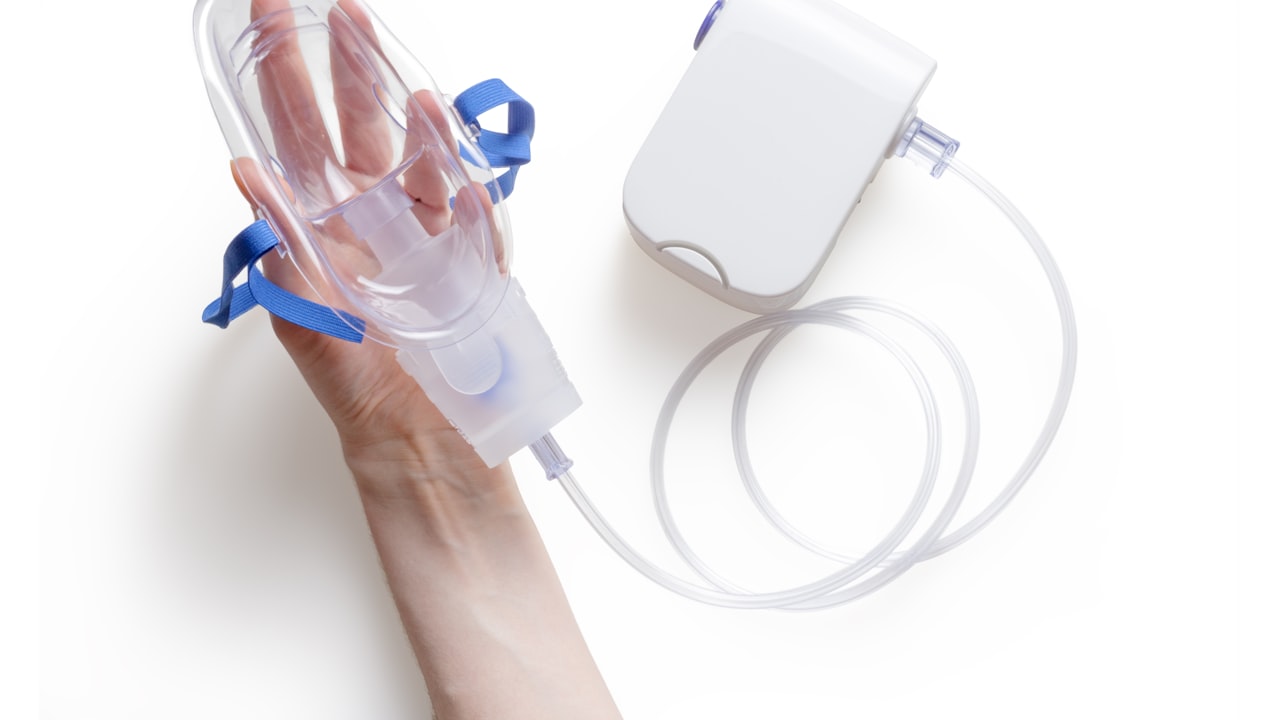Most people would use their hoses and place their thumb over to clean their sidewalks. The question is, were they able to remove the stubborn dirt? Some of you would say yes, but most would answer no.
Snap out from the traditional way of cleaning your cars, sidewalks, buildings, and other surfaces. You can easily do the cleaning with the help of a pressure washer machine. The device will not just rinse off the surface. It will remove even the toughest dirt that adheres to the surface thoroughly with ease.
Below are the different parts of the pressure washer you should know before buying.
Water Inlet
The water inlet is a hose connected to the main water supply. It has a filter to keep the dirt and debris from entering the washer that could clog up the system. You would not want little bits of grit inside your washer, especially since it could come rushing out the other end at great speed.
Gas Engine or Electric Motor
Most household pressure washers use electricity to run while the bigger models are powered by gasoline. The pressure washer engines are similar to the ones you see in lawnmowers. Models using gas engines are ideal in cleaning areas where electricity supply is not available. The primary function of an electric or gas motor is to provide the power the pressure washer requires to operate.
High-Pressure Hose
This is the tube that connects the washer to whatever cleaning attachment you've chosen. A regular piece of tubing would not be able to withstand the enormous pressure of the water flowing on it. A high-pressure hose is made of two or more layers of high-density plastic and is reinforced with wire mesh.
If your pressure washer comes with a built-in hose, you won't have to worry about using a hose with a greater pressure rating. Pressure-washer hoses usually have a safety margin of around 300 percent, so if your washer is rated at 2000 psi, your hose should be able to handle pressures of at least 6000 psi.
Water Pump
This is the central part of a pressure washer. It's a groundwater pump that's powered by an electric motor (or a gas engine) rather than your hand. Once the engine pulls the pump one way, the water from the faucet is sucked. The high pressure will squirt the water out of the pump and push the water the other way. The pump can release up to 4-8 liters of water flow per minute.
Cleaning Attachment
You can use a simple trigger gun, a spinning wand spray, or a rotating brush to get rid of the dirt. The cleaning attachment will depend on what you are cleaning. The attachment is driven by force produced by the water flowing through them.
Final Thoughts
You will need not clean the area thoroughly if you don't know how the parts function. Each part of the pressure washer plays a vital role. You can learn more about pressure washers by visiting this website https://giraffetools.com/collections/pressure-washer.


